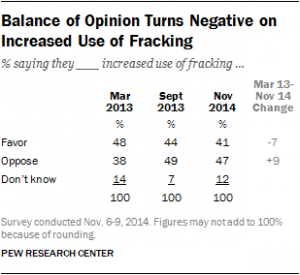Report declares opportunity for growth in E85 market
NACSonline reported that there are opportunities to grow the E85 market — but only if prices remain significantly below those of regular grade gasoline and the automobile industry continues to produce flex-fuel vehicles at historic rates, according to a new report released today by the Fuels Institute.
Depending upon the likelihood of various scenarios, E85 sales will, at a minimum, double by 2023 — but could experience a 20-fold increase in sales over the same time period, according to the 40-page report, “E85: A Market Performance Analysis and Forecast.”
Researchers evaluated the performance of more than 300 stores that sell E85, also known as flex fuel, and developed forecasts taking into account a variety of factors that could ultimately affect sales. The Fuels Institute projects that E85 sales will increase from 196 million gallons in 2013 to between 400 million and 4.4 billion gallons in 2023.
Biofuels have experienced remarkable growth over the past 12 years, from 1.75 billion gallons sold in 2001 to 14.54 billion gallons sold in 2013. While the bulk of that growth has been from the embrace of E10, future biofuels sales growth will be highly dependent upon increasing the sale E85, a blend of gasoline with 51 to 83% ethanol.
Read more at: The Auto Channel


